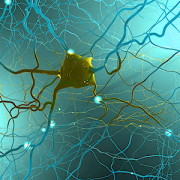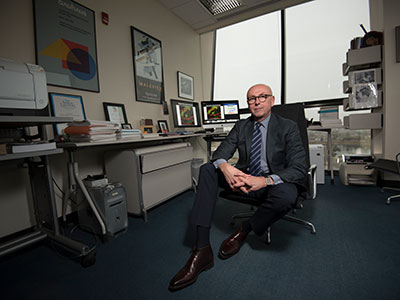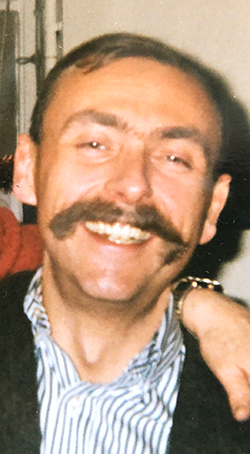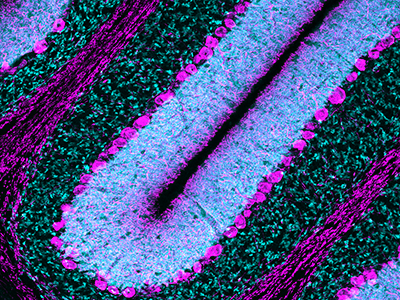Primary cilia safeguard cortical neurons from environmental stress-induced dendritic degeneration
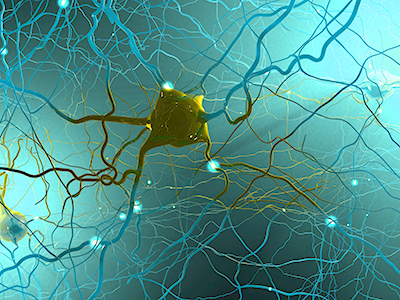
Fetus and neonates are under the risk of exposure to various external agents, such as alcohol and anesthetics taken by the mother. However, primary cilia can protect neurons by activating cilia-localized molecular signaling that inhibits degeneration of neuronal processes, according to the study’s findings.
A new study led by Kazue Hashimoto-Torii, Ph.D. and Masaaki Torii, Ph.D., both principal investigators for the Center for Neuroscience Research at Children’s National Hospital, found that primary cilia – tiny hair-like protrusions from the body of neuronal cells – protect neurons in the developing brain from adverse impacts of prenatal exposure.
Fetus and neonates are under the risk of exposure to various external agents, such as alcohol and anesthetics taken by the mother. However, primary cilia can protect neurons by activating cilia-localized molecular signaling that inhibits degeneration of neuronal processes, according to the study’s findings.
“Remarkably, the developing brain is equipped with intrinsic cell protection that helps to minimize the adverse impacts of to various external agents,” said Dr. Hashimoto-Torii. “However, the mechanisms of such protection have been unclear. Our study provides the first evidence that the tiny hair-like organelle protects neurons in the perinatal brain from adverse impacts of such external agents taken by the mother.”
The findings suggest that subtle alterations in primary cilia due to genetic conditions may lead to various neurodevelopmental disorders if combined with exposure to external agents from the environment. The findings also suggest that ciliopathy patients who have abnormal ciliary function due to genetic causes may have increased risk of abnormal brain development upon exposure to external agents.
“Clarifying diverse roles of cilia provides essential information for clinicians and patients with potential deficits in primary cilia to take extra precautions to avoid the risks for long-term negative impacts of external factors,” Dr. Torii explained. “We hope that further studies will define the whole picture of cilia-mediated neuroprotection and help us to advance our understanding of its importance in the pathogenesis of neurodevelopmental disorders.
This may ultimately lead to the development of treatment for various neurodevelopmental disorders,” he added.
The uniqueness of the study stems from the investigation of the role of cilia in brain development at the risk of exposure to various external factors that occur in the real world. Little is known about how the normal and abnormal brain development progresses in an environment where many external factors interact with intrinsic cellular mechanisms.
The study is a collaboration with researchers at Yale University and Keio University, Japan. Other Children’s National researchers who contributed to this study include Seiji Ishii, Ph.D.; Nobuyuki Ishibashi, M.D.; Toru Sasaki, M.D., Ph.D.; Shahid Mohammad, Ph.D.; Hye Hwang; Edwin Tomy; and Fahad Somaa.


